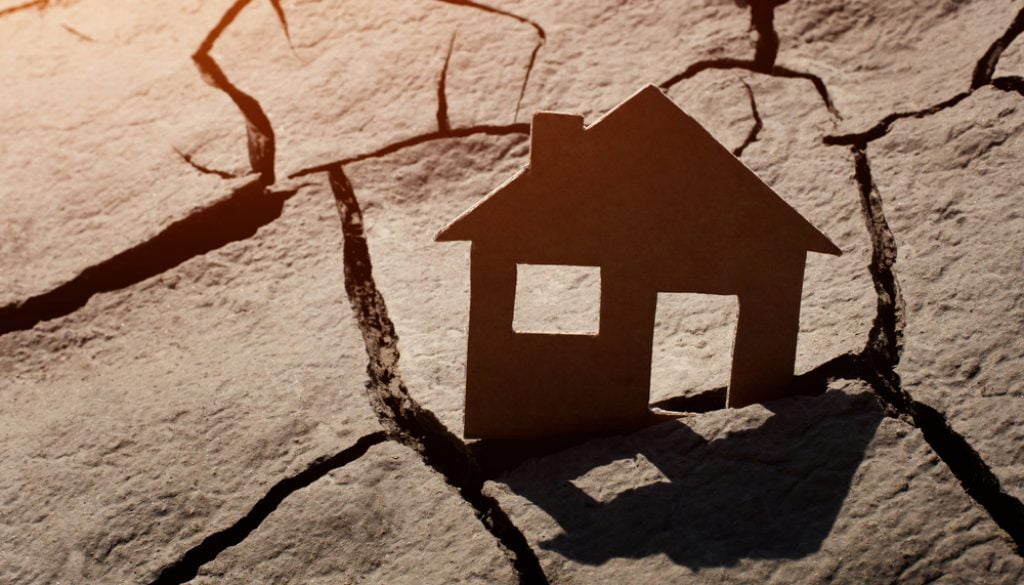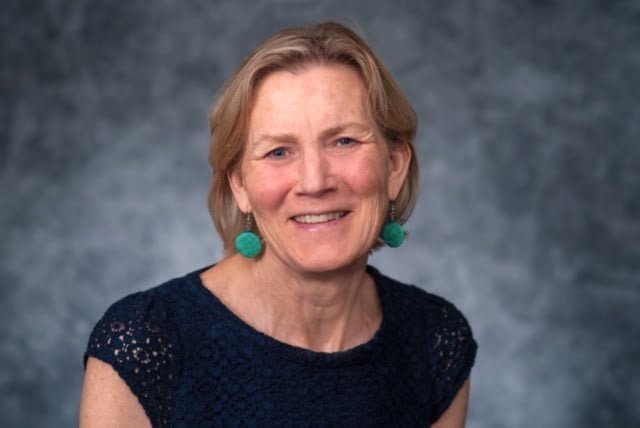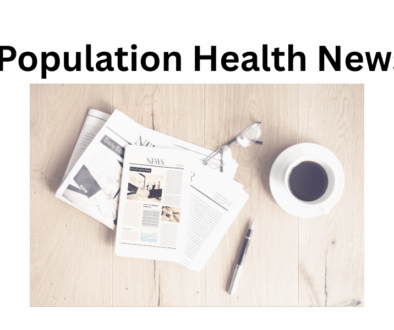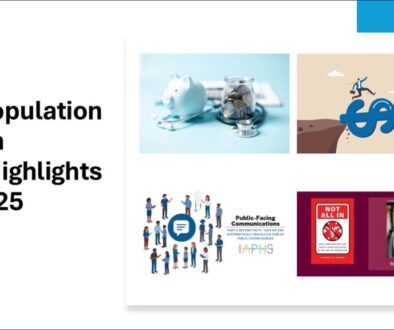Staying Home Without a Home: The Housing Crisis and COVID-19
Danya Keene, Kim Blankenship, Alana Rosenberg, Penelope SchlesingerSince the early days of the United States’ COVID-19 pandemic, state and local officials have raised concerns about the unique challenges that the virus poses to individuals who lack a place to call home. The challenges of “sheltering in place” for those who lack shelter are abundantly clear. Indeed, several cities are reporting high numbers of cases among individuals staying in homeless shelters and on the street. Some local governments have worked to mitigate this problem by finding temporary sources of housing in hotels and other properties.
However, the challenges faced by homeless individuals are only the tip of a larger housing iceberg that has likely exacerbated the spread of COVID-19. Homelessness is only one symptom of our nation’s growing and severe affordable rental housing crisis. There is currently no state in this country where a full time minimum wage job is sufficient to affordably rent a two-bedroom apartment. In many areas, nearly two full time jobs are needed. Furthermore, only one in five eligible households receive federal rental subsidies that are intended to assist those without access to stable affordable housing.
There is currently no state in this country where a full time minimum wage job is sufficient to affordably rent a two-bedroom apartment. In many areas, nearly two full time jobs are needed.
One consequence of this affordable housing crisis is pronounced housing instability. Many low income individuals can’t afford a place of their own and, as a result, move between households, staying with friends and family, often for brief periods of time. This fluidity of households presents a real problem for social distancing recommendations that emphasize isolating individual household units.
In our own research, we have observed how the severe scarcity of affordable housing can create an intertwined and ever shifting web of households that fills the void left by a woefully insufficient housing safety net. For the past 3 years, we have been collecting survey and interview data from a cohort of 400 low-income New Haven residents as part of the Justice, Housing and Health Study (JustHouHS), an NIH funded research project designed to examine the intersections of affordable housing, mass incarceration, and HIV risk. The study illuminates the extent to which participants rely on friends and family for housing. For example, at baseline, 75% of our sample noted that they had ever lived with someone else in order to avoid being homeless. Additionally, a quarter of participants reported that in the last 6 months, they had provided housing to someone who had nowhere else to go.
Our participants also frequently describe these shared housing arrangements as fragile. Adding additional household members can exacerbate crowding, interfere with daily routines, contribute to stress, and strain social relationships. Indeed, some research suggests that while sharing resources can strengthen social ties in low-income communities, sharing housing may have the opposite effect due to the intensity, constancy, and intimacy of this exchange. In order to not overstay their welcome, some JustHouHS participants split time across multiple households or moved from place to place.
These shared and fluid housing arrangements create numerous vulnerabilities to COVID-19.
These shared and fluid housing arrangements create numerous vulnerabilities to COVID-19. Increased crowding limits the ability to follow recommendations for self-isolation within the home (following an exposure or symptoms) and increased movement across households increases the likelihood of coming in contact with the virus and needing to self-isolate. Furthermore, members of these vulnerable households often work in occupations with higher risks of exposure.
The dependence on shared housing that we observe in our study is likely to increase as COVID-19 related job losses exacerbate existing barriers to affordable housing. Recognizing this possibility, many states have put in place temporary measures to prevent those who are currently housed from losing their homes due to eviction. However, as noted in a recent policy analysis, these protections vary considerably by state and are also likely to be insufficient in moderating the inevitable long-term impact of the virus on housing access.
…the housing challenges that we observe in the JustHouHS study are particularly salient for African Americans given an ongoing history of racialized housing policies and discriminatory practices that have constrained housing access.
Furthermore, the housing challenges that we observe in the JustHouHS study are particularly salient for African Americans given an ongoing history of racialized housing policies and discriminatory practices that have constrained housing access. This unequal landscape of housing opportunities and constraints is likely a significant factor in the disparate impact of COVID 19 on African American communities.
As many others have observed, the coronavirus has exposed long neglected vulnerabilities in our country’s social structure that have undoubtedly helped catapult us to front runner status in global cases and fatalities. Our housing system is one such vulnerability resulting from decades of federal disinvestment in affordable housing and a larger policy landscape that has abetted housing inequality. The coronavirus also highlights the individual and community health risks that are associated with our housing crisis, spurring some local government action. However, the health impacts of inadequate housing were always there and will persist long after the virus is gone; unless these temporary housing protections are accompanied by significant and sustained policy changes that promote housing access and housing equity.








All comments will be reviewed and posted if substantive and of general interest to IAPHS readers.